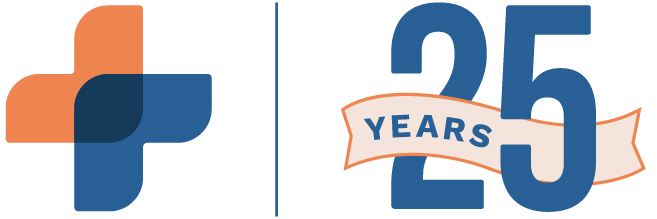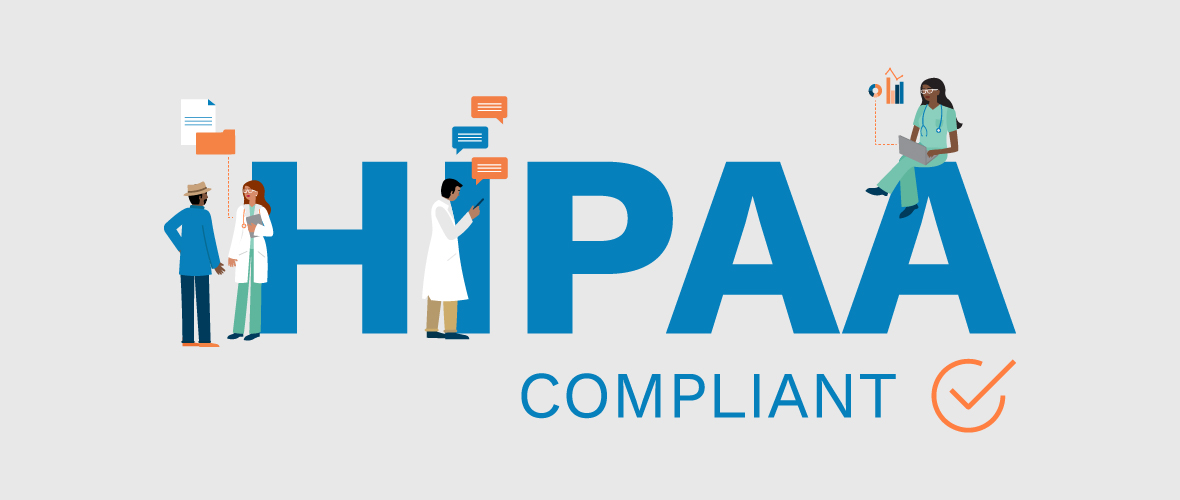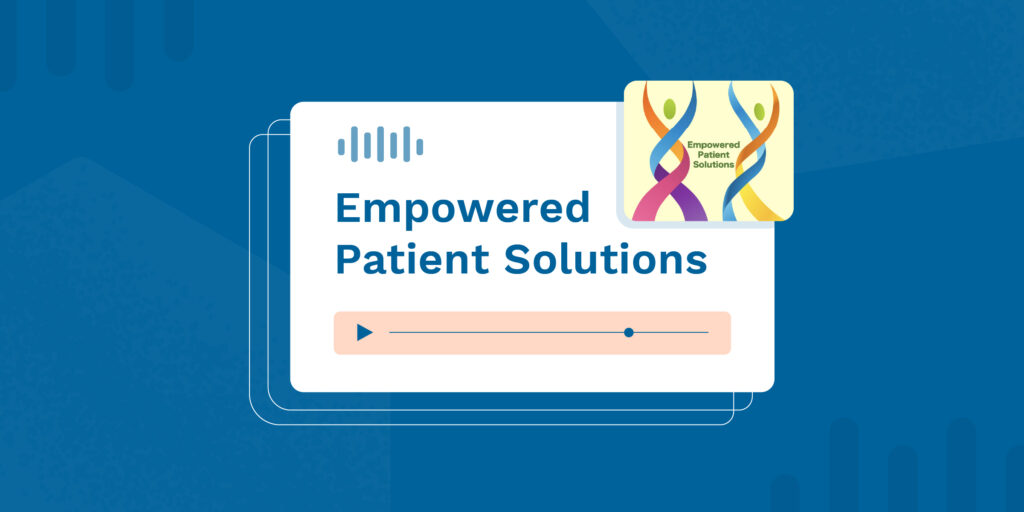Medical practice owners face a complex dilemma when finding a balance between accessibility and privacy. Patients are eager to communicate on-the-go, submit paperwork electronically, pay with mobile applications, and review health records with just a few clicks or taps. At the same time, providers and patients alike are concerned about health data privacy, including HIPAA violations and security breaches.
As patient data footprints and the demand for digital access expands, medical practice owners must take steps to protect data from costly and destructive security breaches. Let’s take a closer look at five best practices for effective healthcare data and software security.
1. Recognize the Risk Created by Volume of PHI Data
Personal data has grown significantly since HIPAA was enacted in 1996. Experts estimate that by 2025, 463 exabytes of data will be created each day! How big is an exabyte? It’s one billion gigabytes. Or in other words, if the earth is the size of one gigabyte, then the sun is the size of one exabyte. Imagine the sun multiplied by 463 and you get an idea of how much data this is.
With healthcare organizations seeing data growth rates of 878% since 2016, it’s fair to say a sizable portion of those 463 exabytes will be made up of protected health information (PHI).
The Code of Federal Regulations defines PHI as any information that “relates to the past, present, or future physical or mental health or condition of an individual; the provision of health care to an individual; or the past, present, or future payment for the provision of health care to an individual.” There are 18 identifiers categorized as PHI under the Health Insurance Portability Accountability Act (from IP addresses to license numbers), all of which must be removed to no longer be considered PHI.
The sheer volume of personal data makes it attractive to those with malicious intentions. Data breaches are destructive to any organization, but they’re especially detrimental for covered entities and business associates under HIPAA. The penalties for data breaches under the HITECH Act of 2009 can reach up to $1.5 million in fines.
2. Unite Your EHR with a HIPAA Compliance Program
Electronic Health Record (EHR) data falls under the category of PHI and is often the largest source of patient health data in a medical practice or hospital. As business associates, EHR providers must be HIPAA compliant; however, simply using an EHR alone is not enough to meet HIPAA compliance. The following steps will aid medical practices in developing a comprehensive HIPAA compliance program:
- Provide regular training on the use of EHR.
- Ensure proper documentation of all efforts to meet and maintain HIPAA compliance standards.
- Conduct annual audits to find and address gaps in adherence to compliance standards.
3. Keep Strict Tabs on Access Levels and Authentication
Patients should be able to contact their healthcare providers through accessible means. However, that same level of accessibility should not extend to PHI. To mitigate risks, medical practices need administrative safeguards in place, such as:
- Requiring all staff to lock devices when unattended.
- Using multi-factor authentication.
- Managing accessibility levels for users, allowing them to view only what’s needed for their role.
- Enact a Bring Your Own Device (BYOD) policy for the use of personal devices.
- Create a clean-desk policy to avoid the theft or misuse of documents and devices.
4. Double Down with End-to-End Encryption and Off-Site Data Backup
In the event of a breach, encryption protects your data from prying eyes by changing the data into unreadable text. An encryption key is required to make it readable again. End-to-end encryption (E2EE) takes it a step farther.
During this process, the data is encrypted on the sender’s system or device and can only be decrypted by the recipient. In other words, the data is securely transferred between the sender and recipients; third parties do not have the key to decrypt the data.
Along with E2EE, off-site backups is a wise strategy for protecting data. In the event of a natural disaster, malware attack, or breach, off-site data can facilitate a faster recovery.
5. Take Special Care of Networks and the Devices Connected to Them
Your patients will likely expect Wi-Fi when visiting your practice. To protect private health data, create networks for both guests and staff members. That way, your patients can pass the time in the waiting room or use your mobile patient portal, while secure networks are reserved for the transmission of PHI and other sensitive data. Likewise, a centralized management plan for network endpoints can help protect your practice from security threats posed by connected devices.
There’s a lot to know about healthcare data security, but you can assess your current standing with our Are You Security Savvy? quiz that’s part of our free interactive toolkit. Our most important tip is to work with business associates who strictly comply with HIPAA compliance and the latest security standards. With a proven track record from data security to HIPAA compliance, RXNT is proud to make your patient privacy our priority.
Sources:
HITECH Breach Notification Interim Final Rule
How much data is generated each day?
How much do HIPAA violations cost?
How To Avoid a Medical Data Breach





